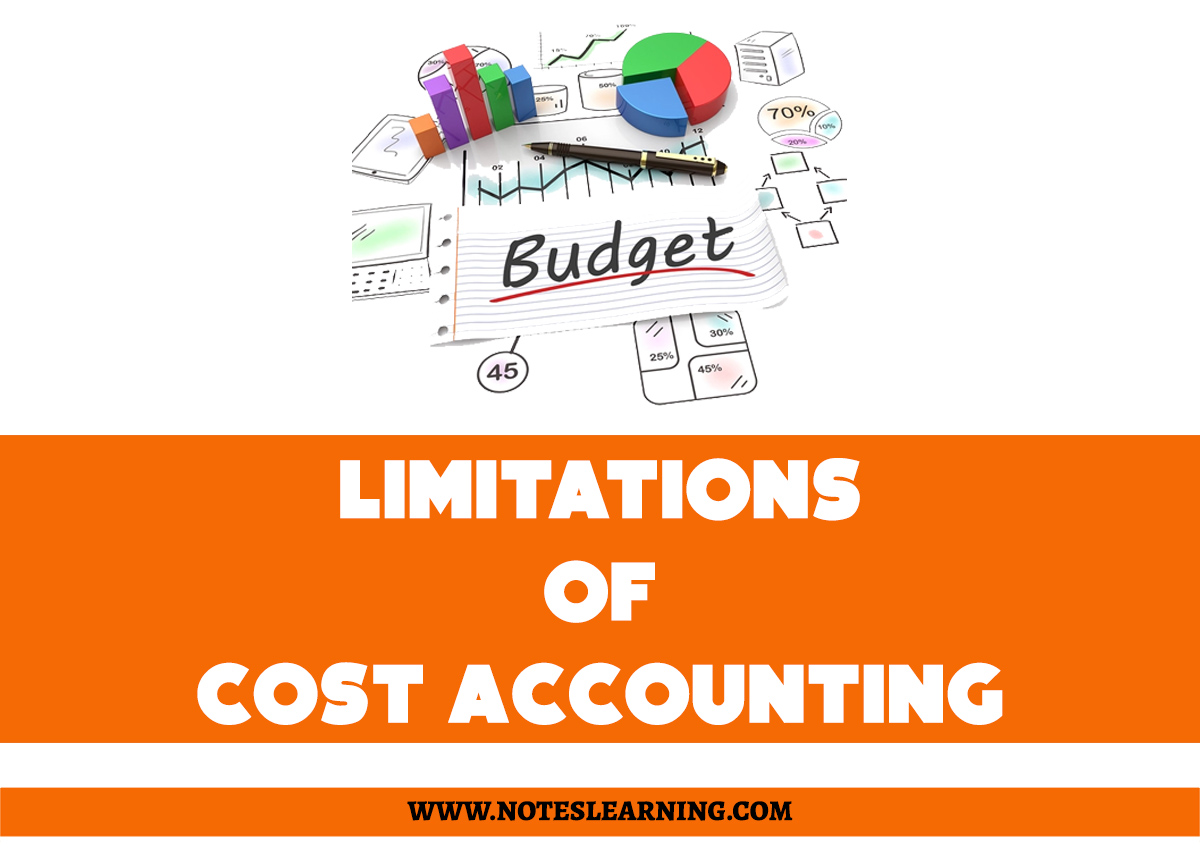Introduction to Cost Accounting
Cost accounting is one of the disciplines of accounting science. This concept was professionally practiced in 1889 by Jerome Lee Nicholson. To understand the cost accounting concept, we must understand some of the terminologies related to it.
| Cost | It is the resources sacrificed to obtain something. |
| Costing | It is the process of discovering the cost of products and services. |
| Cost Accounting | The process of accounting for costs associated. |
| Cost Accountancy | It is the practice of costing and cost accounting. |
Cost accounting is the process of analyzing, standardizing, forecasting and comparing relevant data accurately so as to interpret and report various concern areas to management.
This accounting includes preparation of budget, determinations of standard costs, identification of variances and reasons for it. This also provides necessary information regarding cost for managerial decision making.
Objectives of Cost Accounting
The following are the objectives of cost accounting :
- Classification of costs
- Ascertainment and assessment of costs
- Determination of selling price under different circumstances
- Ascertainment and assessment of profits
- Measurement and identification of factors (material, labor and overheads) for increasing efficiency
- Facilitation of cost control and cost reduction
- Support, guide and basis for effective managerial decision making
Differences between Financial Accounting and Cost Accounting
| Basis | Financial Accounting | Cost Accounting |
| Purpose | It discloses profitability as well as financial position of the business. | It discloses detailed cost information to the management. |
| Nature | This accounting is historical in nature i.e. considers monetary transactions and events from the past. | This accounting focuses on past, present and possible future events and monetary and non- monetary transactions. |
| Objective | Keeping a complete record of the financial transaction, measuring profit and financial position. | Reducing and controlling costs and cost factors |
| Legality | This accounting is necessary by law i.e. mandatory by law or acts. | Cost accounting is not legally necessary if not specified. |
| Reporting | This serves the interests of people (shareholders) inside and outside the organization | Cost accounting serves the needs of the management and is used for internal reporting. |
| Periodicity | This is generally prepared on an annual basis. | Cost accounting can be prepared on a need basis at any time period and interval. |
| Profit Analysis | Financial accounting provides info on profit or loss of business for a particular period. | This accounting shows detailed cost and profit data for each product line, department, division, process etc. |
| Focus | It focuses on recording, classifying and summarizing the financial transaction. | It focuses on cost ascertainment and cost control. |
| Information Format | This accounting has a single and uniform format of presenting information i.e. Profit and Loss accounting, Balance Sheet and Cash Flows. | Cost accounting is flexible and format is tailored to meet the needs of management and internal reporting. |
| Cost Analysis | In financial accounting, there is no distinction between different costs. | In cost accounting, costs are distinguished according to cost units, variability and responsibility. |
Limitations of Cost Accounting
- Cost accounting and cost accounting systems are expensive to maintain. Such a system requires resources for analysis, allocation, absorption and apportionment of cost and cost factors. Not all companies (businesses) can manage the cost (resources) involved in cost accounting.
- Cost accounting is based on estimation. Companies assign various costs to the products and processes on the basis of some estimation. Such assignments are dependent on various factors i.e. availability of raw-resources, quantity of production, use of material, scarce resources etc. As the basic premise of cost accounting is based on estimation or variability, the reliability of this accounting system is low.
- Different organizations follow different procedures of calculating cost in cost accounting. There is no uniformity in the procedure. For instance, some companies may use marginal costing, some may use standard costing or some companies may use historical or uniform costing. All these differences weaken the uniformity of cost accounting.
- Cost accounting is dependent on various other factors/systems of accounting. Variability in factors affects the value in cost ascertainment and cost control.
- This accounting uses secondary data from other financial sources. The irregularities in those secondary data or financial statements would result in irregularities in cost accounting parameters.
References

